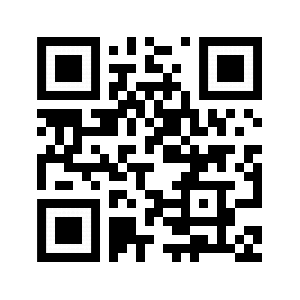1 Foreword
Today’s world produces ever increasing amounts of data which, when used properly, can provide insights that were not possible before. While these insights are helpful, the process that leads to them, which often involves statistical analyses, can look so intimidating so much so that many will not even try to use this treasure trove of data available at their fingertips. Moreover, it can be even dangerous to use insights that were improperly derived from the data. I, for one, believe that quantitative analysis and statistics should be approachable, for which reason I have began developing this book, available for free to everyone, and the associated resources. I built these resources from the point of view that while deep understanding of how a statistical test works and what it does requires deep understanding of mathematics and probabilities, its use to understand a quantifiable phenomena does not have to be overwhelming.
This resource, comprised of a written book and an accompanying website and app1 App will be available at a later time., is designed as an accessible source of information and support to everyone interested in designing and conducting quantitative studies. It tries to hide the math as much as possible and focus on the application of statistical tests through real life examples, whenever available. Nevertheless, the book is not intended for absolute beginners as introductory knowledge of statistics and probabilities that helps readers make the most out of the content is not included. The material presented assumes the readers have at least a basic understanding of basic statistics principles.
The the book and its associated ecosystem is intended from start to be under perpetual improvement through new and updated content, functionality, and tools. For this reason the My Research Lab website2 https://myrelab.com will always provide the most up to date content, both online and in printable format.

The book covers a few concepts fundamental to the understanding of quantitative methods, offers guidance for the design of the study, and offers guided and annotated examples for statistical analysis tests. For each of the analyses presented the focus is on application rather than on theory. These examples are not definitive and complete guides but rather a use case as the analysis is applied to a specific study. Because each study has its own specific characteristics, readers are strongly encouraged to consult as many resources specific to their application and situation as necessary to make informed decisions. The website offers access to a set of tools3 Such as sample size calculators, helper tools for selecting the appropriate sample size, and so forth. to help design quantitative research studies, as well as access to the R code that powers the statistical analyses presented in the book and the associated curated datasets. In the future, as time and resources allow, the website will provide access to interactive Jupiter Notebooks or similar tools in both R and Python for each of the example statistical analyses. Additional, more personalized, direct support may be available in the future. In the mean time, just drop me a line.
It is my hope that this resource will grow with the help of other researchers willing to share their work by converting their quantitative studies into guided examples or case studies that can be then added to the book. Therefore, I invite everyone interested in sharing their research to help others to contact me. I will serve as guide and editor through the process and the example will be published under the original author’s name.
The resource is under development and will be a work in progress for the foreseeable future. It is not intended to exhaustive, but rather serve as a guide to applied quantitive research.
The book is developed using the R software environment for statistical computing4 https://www.r-project.org augmented by additional packages and software applications. The RMarkdown5 https://rmarkdown.rstudio.com/ and Bookdown6 https://bookdown.org/ packages are used to weave the text with the R code. This setup makes possible to update at the same time all written content, in all formats, from a single source of truth.
A big thank you to those who helped develop this resource this far. Special thanks to Dr. Mugur Geana and Dr. Dan Cernusca for their continued support.